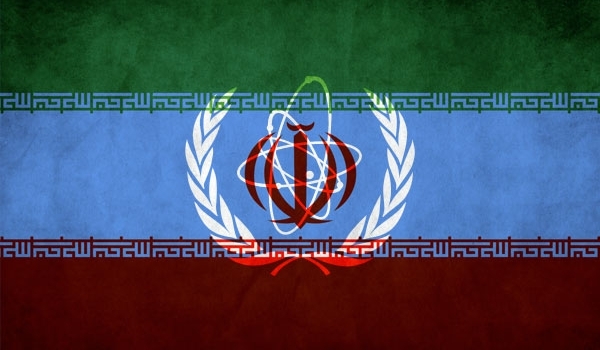 (Reuters) - U.N. inspectors have gained rare access to a plant where�Iran�is developing centrifuges for enriching uranium as part of a transparency deal they say is giving them a "better understanding" of Tehran's disputed nuclear program.
(Reuters) - U.N. inspectors have gained rare access to a plant where�Iran�is developing centrifuges for enriching uranium as part of a transparency deal they say is giving them a "better understanding" of Tehran's disputed nuclear program.A confidential International Atomic Energy Agency report obtained by Reuters acknowledged that a long-running IAEA investigation into suspected nuclear arms research by Tehran was making little headway, given Tehran's lack of cooperation.
But Friday's report to member states also said the IAEA had visited an Iranian research and development (R&D) center for centrifuges on Aug. 30. It gave no details or say where the site was. But such access could be crucial to helping the IAEA determine how far along�Iran�may be in developing more modern models of the finely calibrated machines used to refine uranium.
Iran's efforts to replace the breakdown-prone, 1970s vintage IR-1 centrifuge it is now operating at its Natanz and Fordow enrichment plants are closely watched by the West since - if they are successful - more efficient equipment could enable it to faster amass material that could be used for atomic bombs.
Iran says it is refining uranium to fuel a planned network of�nuclear power�plants. If enriched to a high concentration of the fissile U-235 isotope, uranium can also be turned into the explosive core of an atomic bomb.
"It is of importance to see the R&D to understand the full scope and status of the program," former IAEA chief inspector Olli Heinonen, now at Harvard University's Belfer Center for Science and International Affairs, said in an e-mail last week.
Apart from a R&D centrifuge plant at Natanz to which the IAEA already has regular access, Iran has a facility called Kalaye Electric in Tehran which the U.N. agency has seldom visited. Heinonen said R&D work is also done at other locations.
It was not clear when the IAEA last was able to examine an R&D site but such visits are believed to be rare. One was made in 2011 and another in 2008, though it is not publicly known whether they were to Kalaye or some other location.
Iran denies allegations its enrichment program is part of a covert bid to develop the capability to make nuclear weapons, but Western states have imposed economic sanctions on the major oil-producer to make it scale back its atomic activities.
Friday's IAEA report, which has not yet been made public, said that Iran missed an Aug. 25 deadline to address suspicions about activities in the past that could be relevant for any attempt to assemble nuclear bombs.
It said Iran had implemented just three of five nuclear transparency steps that it had agreed to carry out by last month's target date.
The two measures it had failed to implement concerned providing information about alleged research that is part of the IAEA's long-running investigation into what it calls the "possible military dimensions" of Iran's nuclear program.
The IAEA report's findings "suggest that Iran is not yet prepared to seriously discuss and explain to the IAEA the past and possibly ongoing military dimensions of its nuclear program," the Institute for Science and International Security (ISIS), a prominent U.S. think-tank, said in an analysis.
SOME NUCLEAR TRANSPARENCY
Western officials say Iran must address the IAEA's concerns if there is to be any chance of success in parallel diplomatic negotiations aimed at curbing the country's nuclear work in exchange for a gradual removal of sanctions imposed on Tehran.
Iran and the United States,�France,�Germany, Britain,�Russia�and�China�failed to meet a self-imposed July deadline for reaching a comprehensive deal because of wide differences over the permissible size of Iran's enrichment program.
They now face a new deadline of Nov. 24, with talks between the seven states due to resume in New York later this month.
A long-term deal would reduce the risk of a wider Middle East war:�Israel�has threatened military action against Iran if it deems diplomacy to be futile in reining in its arch-enemy.
While the big powers' diplomacy is focused on limiting Iran's future production of enriched uranium, the IAEA has for years been investigating suspected bomb research by the country.
Although this inquiry appears to have stalled for now, the IAEA report showed some movement towards more transparency in other aspects of the Iranian nuclear program.
The three steps that Iran did implement under a cooperation pact reached with the IAEA last November - two of them after the Aug. 25 deadline - included granting access to the R&D site, as well as to centrifuge assembly workshops and storage facilities.
Iran has since late last year also allowed U.N. inspectors to go to two uranium mines and some other nuclear-linked sites.
"Iran's engagement with the agency, including the provision of information, and the agency's ongoing analysis are helping the agency to gain a better understanding of Iran's nuclear program," the IAEA's latest quarterly report on Iran said.
By Reuters
The Iran Project is not responsible for the content of quoted articles.










